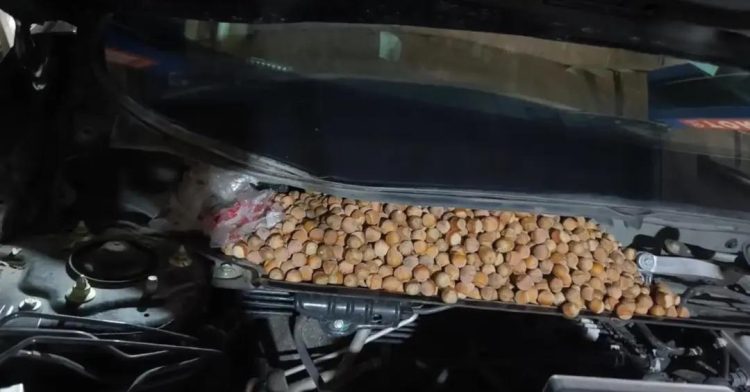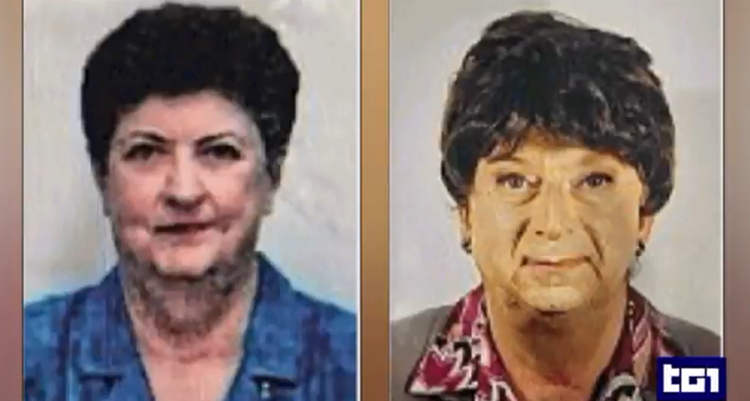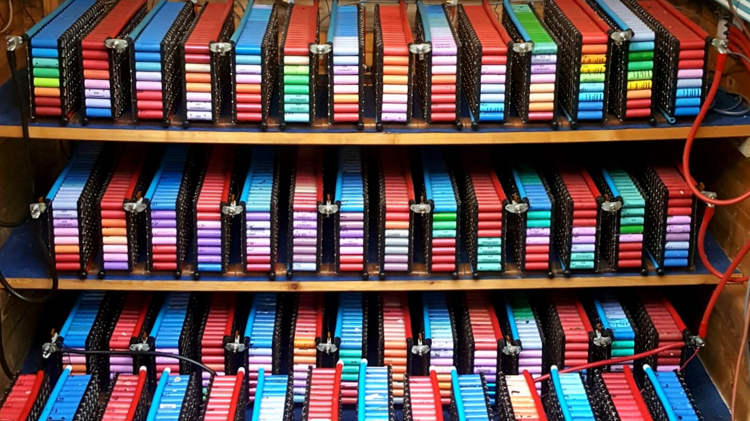The world’s most brilliant minds might have missed it, but this 15-year-old Canadian kid has managed to accurately locate a previously unknown ancient Mayan city, hidden deep in the Yucatan jungle of southeastern Mexico, without having to leave his house. William Gadoury, a high-school student from Quebec, has now named his discovery ‘K’aak Chi’, which means ‘Mouth of Fire’.
It all started three years ago, when William read about the Mayan calendar predicting the end of the world in 2012. That obviously didn’t happen, but his interest in the subject didn’t wane and he soon realised that the ancient Mayan people always built their cities far away from rivers, in inhospitable mountain ranges. Wanting to find the reason behind this, he looked up to the sky for answers, because he knew that the Mayans had worshipped stars. And it wasn’t long before he recognised a pattern – all their cities were built to line up with star constellations.
By analysing 23 Mayan star constellations, William figured out that when connected, the 142 stars indeed corresponded to the locations of 177 Mayan cities. No one had pieced together such information before. But he was stuck on the 23rd constellation because he could only find two cities to match its three stars. That’s when he realised that there had to be a Mayan city that had not yet been discovered. His research now had a new mission – to find that lost city.

Photo: Canadian Space Agency
“I did not understand why the Maya built their cities away from rivers, on marginal lands and in the mountains,” William said, speaking to Journal de Montréal. “They had to have another reason, and as they worshipped the stars, the idea came to me to verify my hypothesis. I was really surprised and excited when I realised that the most brilliant stars of the constellations matched the largest Mayan cities.”
Using satellite images from the Canadian Space Agency and Google Earth, William began to search the dense Yucatan jungle for signs of ancient Mayan buildings. And just as he predicted, the images revealed the remnants of what could indeed be a forgotten Mayan city. In fact, the site could be one of the five largest Mayan cities known to archaeologists so far, with 30 buildings accompanying an impressive pyramid.

Photo: Canadian Space Agency
Archaeologists and space scientists across the world have displayed a lot of interest in William’s findings. “The photographs revealed linear features that ‘stuck out’,” said Daniel De Lisle, from the Canadian Space Agency. “There are linear features that would suggest there is something underneath that big canopy. What is fascinating about the project of William, is the depth of his research. Linking the position of stars and the location of a lost city and the use of satellite images on a tiny territory to identify the remains buried under dense vegetation, is quite exceptional.”
Armand La Rocque, from the University of New Brunswick, said that one of the images could be depicting a network of streets leading to a large square, which might be a pyramid. “A square is not natural, it is mostly artificial and can hardly be attributed to natural phenomena,” he said, adding that William’s technique could help archaeologists to pinpoint the locations of other lost Mayan cities.

Photo: Canadian Space Agency
All the speculation so far has taken place on the basis of satellite imagery; no one has actually ventured into the jungle so far to confirm William’s theory. For now, his findings will be presented at Brazil’s International Science fair in 2017, and will also be published in a journal. Meanwhile, a team of archeologists is now trying to find a way to raise the funds needed to organise an excavation in the jungle.
William is, of course, very excited about the possibility of actually finding the city in the spot predicted by him. “It would be the culmination of my three years of work and the dream of my life,” he said. Remember, this kid is only 15!
Sources: Science Alert, Daily Mail













